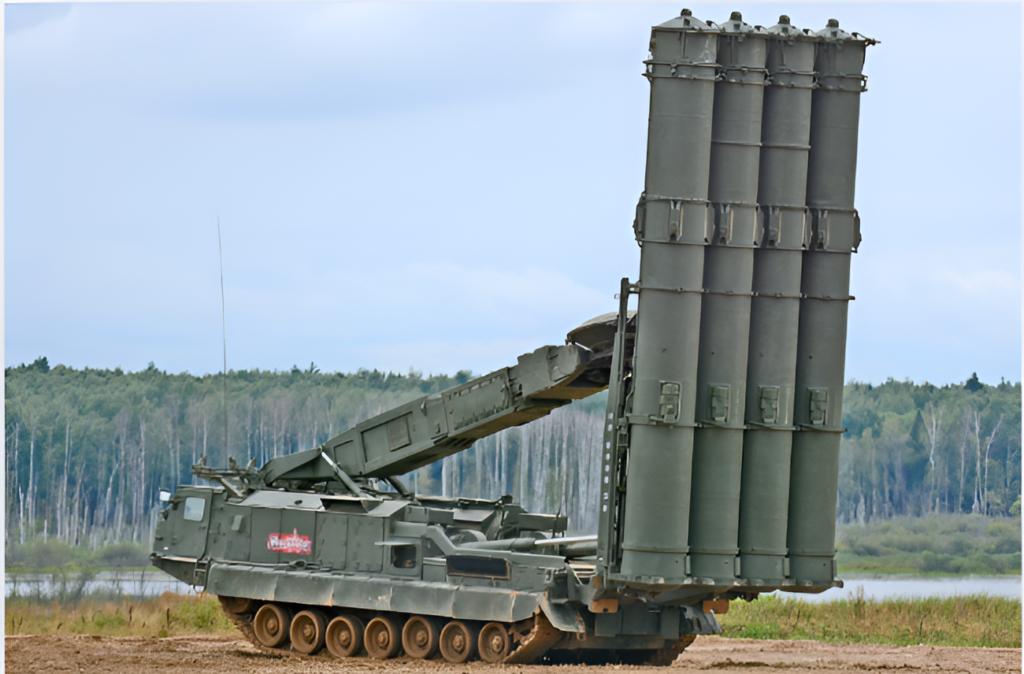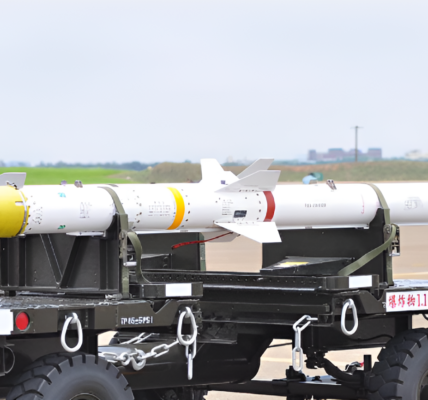Defending the Skies for Four Decades: Evolution of Russia’s S-300 Air Defence System – Part Four: The S-300V

The S-300V, the third member of the S-300 air defense family, represents a legacy of innovation and remains relevant today through continuous upgrades and advancements. Entering service in 1984, the S-300V was a groundbreaking platform designed to counter a wide array of threats, from ballistic and cruise missiles to advanced aircraft. Unlike its counterpart, the S-300P, the S-300V’s tracked launch vehicles and unique missile canister configurations underscore its focus on mobility and versatility. Developed by the Antey Company—prior to its merger with Almaz to form Almaz Antey in 2002—the S-300V marked a significant leap forward in air defense technology, setting new benchmarks for performance and capability.
The original S-300V was engineered with a range of unique capabilities. Equipped with GIANT missiles, the system could engage targets at distances up to 100 kilometers and altitudes of 32 kilometers, making it particularly effective against high-altitude ballistic missiles. These capabilities, combined with its superior mobility enabled by tracked MT-T launch vehicles, allowed the S-300V to operate off-road and avoid predictable deployment locations—enhancing its survivability on the battlefield.
The S-300V was also the first in the S-300 family to incorporate autonomous search capabilities through advanced mobile radar systems. These passive electronically scanned array (PESA) radars boasted a detection range of 330 kilometers, solidifying the S-300V as the most advanced air defense system of its era.
The S-300V’s successor, the S-300VM, entered service in 2012, bringing an array of significant enhancements. Key upgrades included extended range with new missiles capable of engaging targets up to 250 kilometers away, superior detection and tracking systems for multiple targets, and the ability to counter simultaneous ballistic missile attacks with unmatched precision. Enhanced electronic warfare countermeasures, automation, and maintenance-free operations made the system one of the most user-friendly air defense platforms in service. The S-300VM introduced an unprecedented level of performance, capable of simultaneously engaging 24 targets, including stealth aircraft, cruise missiles, and ballistic threats. These improvements solidified its place as one of the most capable multi-role air defense platforms in the world.
The S-300V4, the latest variant, has pushed the boundaries of the S-300 family even further. It incorporates compatibility with the 40N6 hypersonic missile, enabling extended ranges and enhanced precision. It has been deployed in key regions, including Egypt and Syria, to protect critical assets and deter adversaries. The S-300V4 operates alongside S-400 systems to create layered, impenetrable air defense networks. It is now a cornerstone of Russia’s air defense strategy, safeguarding its airspace and providing export partners with robust, state-of-the-art capabilities.
In the post-Cold War era, as Russia’s economy contracted sharply, investment in advanced air defense systems became a cost-effective solution to maintain strategic parity. The S-300 family, particularly the S-300V and its successors, emerged as a cornerstone of this strategy. While naval shipbuilding and other defense sectors suffered cuts, long-range air defense systems like the S-300 ensured the country’s security against evolving threats.
Today, the S-300V4, alongside the S-400, represents the pinnacle of Russian air defense technology. With the imminent induction of the S-500, a new-generation system designed to operate in tandem with existing platforms, Russia is poised to maintain air superiority for decades to come. Global demand for these systems, including from former Western defense clients, highlights their unparalleled reputation and effectiveness.
The evolution of the S-300V family underscores Russia’s commitment to innovation in air defense. From its groundbreaking origins to its current cutting-edge capabilities, the S-300V continues to set global standards, ensuring that Russia’s skies remain among the most secure in the world





